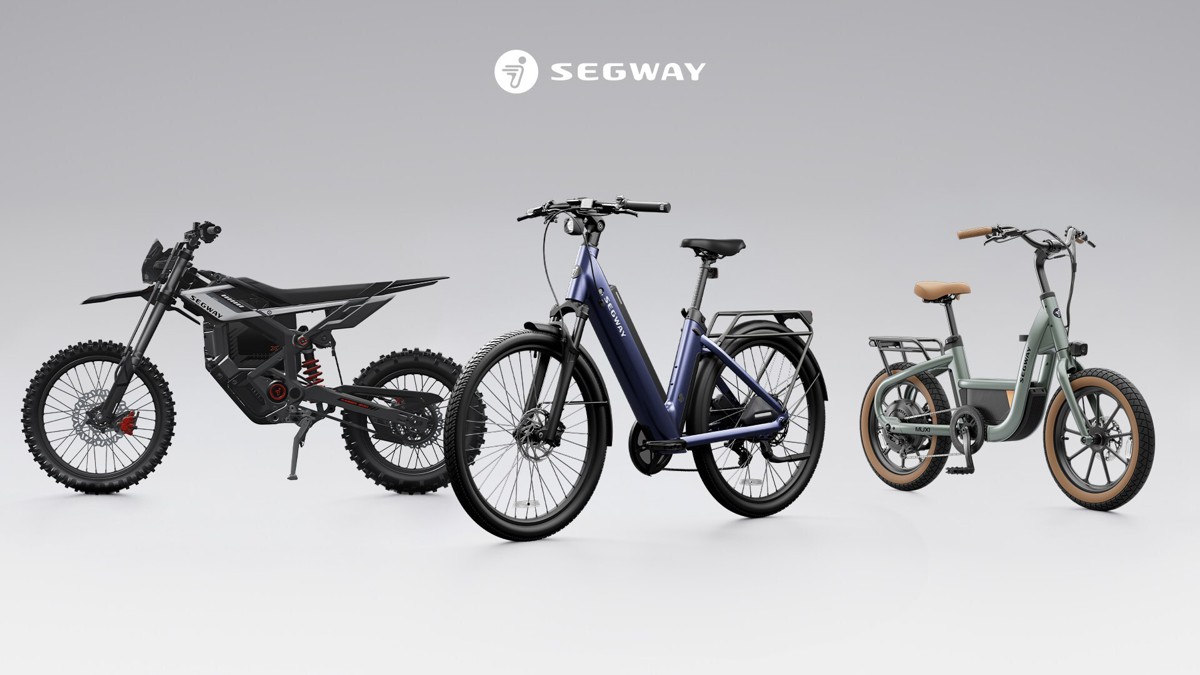Automotive Multi-Domain SoCs, SiC Innovations, and Smart Antenna Systems
As the automotive industry races toward a more connected, sustainable, and software-defined future, several leading tech giants have unveiled ground-breaking innovations set to transform how vehicles operate, connect, and evolve.
The latest advancements include Renesas’ cutting-edge automotive multi-domain system-on-chip (SoC), Toshiba’s high-performance silicon carbide (SiC) MOSFETs, Murata’s next-generation 6DoF sensors, and Quectel’s versatile 3-in-1 antennas. Together, these technologies promise to drive efficiency, safety, and innovation in modern vehicles.
Revolutionising Automotive Compute with Renesas’ 5th Generation R-Car SoC
As software-defined vehicles (SDVs) become the new standard, the demand for high-performance, scalable, and power-efficient solutions has never been greater. Stepping up to this challenge, Renesas Electronics Corporation has introduced its latest innovation, the R-Car X5H SoC, built on 3-nanometer (nm) process technology. This release marks the automotive industry’s first multi-domain SoC that integrates ADAS (Advanced Driver Assistance Systems), in-vehicle infotainment (IVI), and gateway applications into a single chip.
The R-Car X5H SoC is a game-changer for automakers shifting toward centralised Electronic Control Units (ECUs). By consolidating multiple domains on a single chip, it simplifies the hardware architecture, reduces development costs, and enhances scalability. This technology is a step forward in addressing the growing complexity of SDV development, offering 400 TOPS of AI acceleration and 4 TFLOPS GPU performance.
The chip’s advanced capabilities include:
- 32 Arm Cortex-A720AE cores delivering over 1,000K DMIPS
- 6 Arm Cortex-R52 dual lockstep cores ensuring real-time processing with ASIL D safety
- Reduced power consumption by 30-35% compared to older 5-nm SoCs
By leveraging the latest 3-nm node technology from TSMC, Renesas achieves unmatched efficiency. Dr. Kevin Zhang, TSMC’s Senior VP, praised the collaboration, stating: “Our N3A process offers unparalleled performance and reliability tailored for automotive SoCs.”
To future-proof SDVs, Renesas has integrated chiplet extensions, allowing manufacturers to customise processing capabilities. This modular approach means OEMs can scale up AI and GPU performance as needed without redesigning the entire system. The Universal Chiplet Interconnect Express (UCle) ensures seamless integration with other components, regardless of the chip supplier.
Vivek Bhan, Renesas’ SVP of High-Performance Computing, emphasised the importance of flexibility, saying: “Our R-Car Gen 5 Family is designed to support end-to-end automotive solutions, helping accelerate SDV development and innovations.”
Driving Efficiency with Toshiba’s Silicon Carbide MOSFETs
In the realm of electric vehicle (EV) powertrains, energy efficiency is the name of the game. Enter Toshiba Electronic Devices & Storage Corporation, which has developed the X5M007E120, a 1200V silicon carbide (SiC) MOSFET designed to enhance automotive traction inverters.
The X5M007E120 addresses a common challenge in SiC MOSFETs—balancing low On-resistance with high reliability during reverse conduction. By embedding Schottky barrier diodes (SBDs) in a check-pattern array, Toshiba has achieved a 20-30% reduction in On-resistance, without compromising on short-circuit durability. This innovation translates into higher efficiency for EV inverters, which are crucial for optimising energy consumption and extending battery life.
One of the standout features is its deep barrier structure, which suppresses excess current flow during short-circuits, ensuring greater durability. This advancement positions Toshiba as a key player in helping the automotive industry achieve its decarbonisation goals.
Toshiba’s forward-looking approach is evident in its plans to provide engineering samples by 2025, with mass production slated for 2026. This timeline reflects the company’s commitment to driving sustainable innovations in EV technology.
Enhancing Autonomous Systems with Murata’s 6DoF Sensors
As vehicles become more autonomous, the need for highly accurate sensor data is paramount. Murata Manufacturing Co., a leader in micro-electromechanical systems (MEMS), has introduced the SCH1633-D01—a Six Degrees-of-Freedom (6DoF) sensor tailored for automotive applications.
The SCH1633-D01 sensor is built to withstand the harshest automotive environments while delivering precise data for applications like ADAS, vehicle stability control, and camera alignment. Its 24-pin SOIC housing and SafeSPI 2.0 interface allow seamless integration into central vehicle control units, providing reliable data for various subsystems.
The sensor’s self-diagnostics, backed by over 200 monitoring signals, ensure high-quality outputs. Additionally, it meets stringent industry standards, being AEC-Q100 Grade 1 qualified and ISO26262 compliant. According to Ville Nurmiainen, Murata’s GM of Product Management: “The SCH1633-D01 offers both technological superiority and cost advantages, empowering OEMs to enhance vehicle safety.”
Murata’s track record speaks for itself; over 90% of autonomous miles driven in California use their sensors. This new 6DoF iteration is set to push the envelope further, meeting evolving automotive demands.
Future-Proof Connectivity with Quectel’s 3-in-1 Antennas
As vehicles become more connected, robust antenna solutions are crucial for maintaining seamless communication. At Electronica 2024, Quectel Wireless Solutions showcased its latest innovations: the YEMD302L1A and YEMD301L1A 3-in-1 combo antennas. These antennas are designed to support 4G, Wi-Fi 7, and GNSS, providing robust connectivity across diverse automotive applications.
The YEMD302L1A antenna supports frequencies across the 700-960 MHz and 1710-2690 MHz bands, ensuring optimal 4G and Wi-Fi coverage, even in challenging environments. Its IP67-rated waterproof housing, combined with UV resistance, makes it perfect for outdoor deployments, including fleet management and smart city applications.
Norbert Muhrer, President of Quectel, highlighted the flexibility of these antennas: “Our combo antennas offer developers an easy-to-install solution with assured durability, making them ideal for demanding outdoor environments.”
In addition to hardware, Quectel provides bespoke antenna design services to ensure optimal performance and compliance with international certification standards. These solutions enable faster time-to-market for developers, empowering them to meet regional connectivity requirements with minimal hassle.
A Glimpse into the Future
These technological advancements mark a significant leap forward in the automotive industry, driving the development of software-defined vehicles, enhancing energy efficiency, and optimising connectivity. From Renesas’ multi-domain SoCs and Toshiba’s SiC power solutions to Murata’s precision sensors and Quectel’s versatile antennas, the automotive landscape is rapidly evolving.
As global automakers embrace these innovations, the road ahead looks promising, leading to safer, more efficient, and sustainable vehicles. With these solutions paving the way, the vision of a fully connected and autonomous automotive future is no longer a distant dream—it’s well on its way to becoming reality.




















